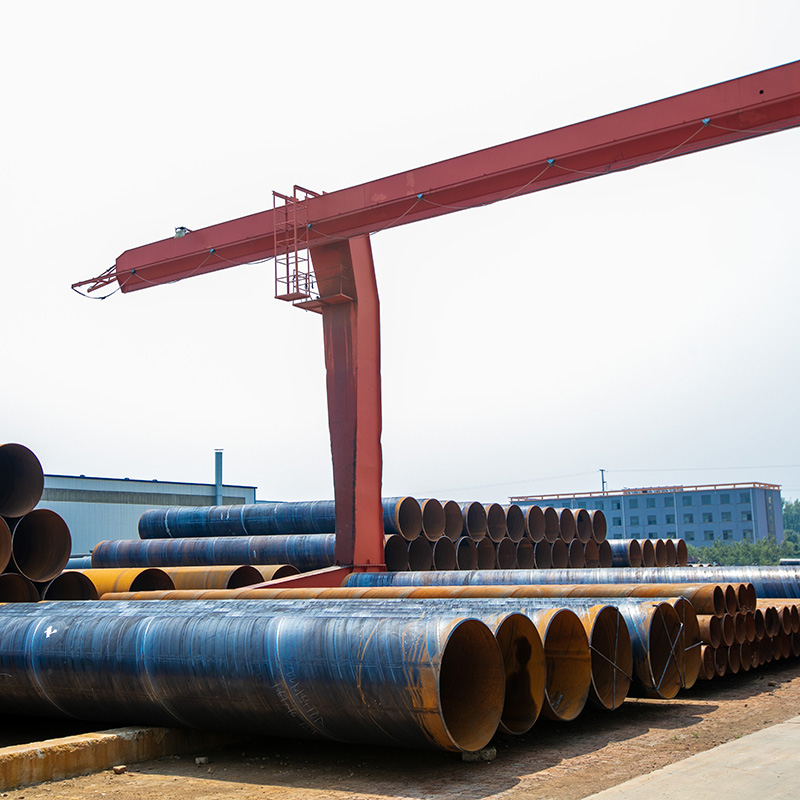In the global energy industry, oil and gas play a vital role in meeting the world’s energy needs. The extraction, transportation and processing of oil and natural gas require complex infrastructure networks, of which pipelines are one of the most important components. Spiral seam pipes are critical to safely and efficiently transporting these precious resources from where they are extracted to refineries and distribution points. In this blog, we’ll take a closer look at the importance of oil and gas pipes in the energy industry.
oil and gas pipes are designed to withstand the harsh conditions of extraction and transportation. They must be able to withstand the high pressures and temperatures associated with these materials and resist corrosion from oil and gas. Additionally, they must be durable enough to withstand external factors such as natural disasters and human disturbance. As a result, spiral seam pipes are often made of high-strength materials such as steel and are often coated with protective coatings to enhance their resistance to corrosion and wear.
The long-distance transportation of oil and natural gas requires an extensive network of pipelines. These pipelines form the backbone of energy infrastructure, allowing oil and natural gas to be efficiently and cost-effectively transported from production sites to refineries and distribution points. This extensive pipeline network is critical to ensuring a stable supply of oil and natural gas to meet the energy needs of a growing global population.
Additionally, spiral seam pipes are critical to reducing the environmental impact of transporting these resources. Pipeline transportation is a more environmentally friendly option compared to alternative transportation methods such as trucking or rail. They produce fewer emissions and have a lower risk of spills and accidents, making them a safer and more sustainable option for transporting oil and gas.
In addition to their role in transportation, spiral seam pipes are critical in the processing and distribution of these resources. Once the oil and gas reaches the refinery, it is further treated and processed before being distributed to end users. The process requires a network of pipelines within the refinery to transport materials between various production stages. Additionally, once oil and gas products are ready for distribution, pipelines are again used to transport them to storage facilities and distribution points, and from there they are further transported to end users.
To sum up, oil and gas pipes are an integral part of the energy industry. They play a vital role in the safe and efficient transportation, processing and distribution of oil and natural gas and are the backbone of the global energy infrastructure. As the world continues to rely on oil and natural gas as its primary energy source, the importance of these pipelines in facilitating the flow of these resources cannot be underestimated. As pipeline technology continues to advance, the industry continues to strive for safer, more efficient and more sustainable ways to transport oil and natural gas from production sites to end users.
Post time: Jan-24-2024

